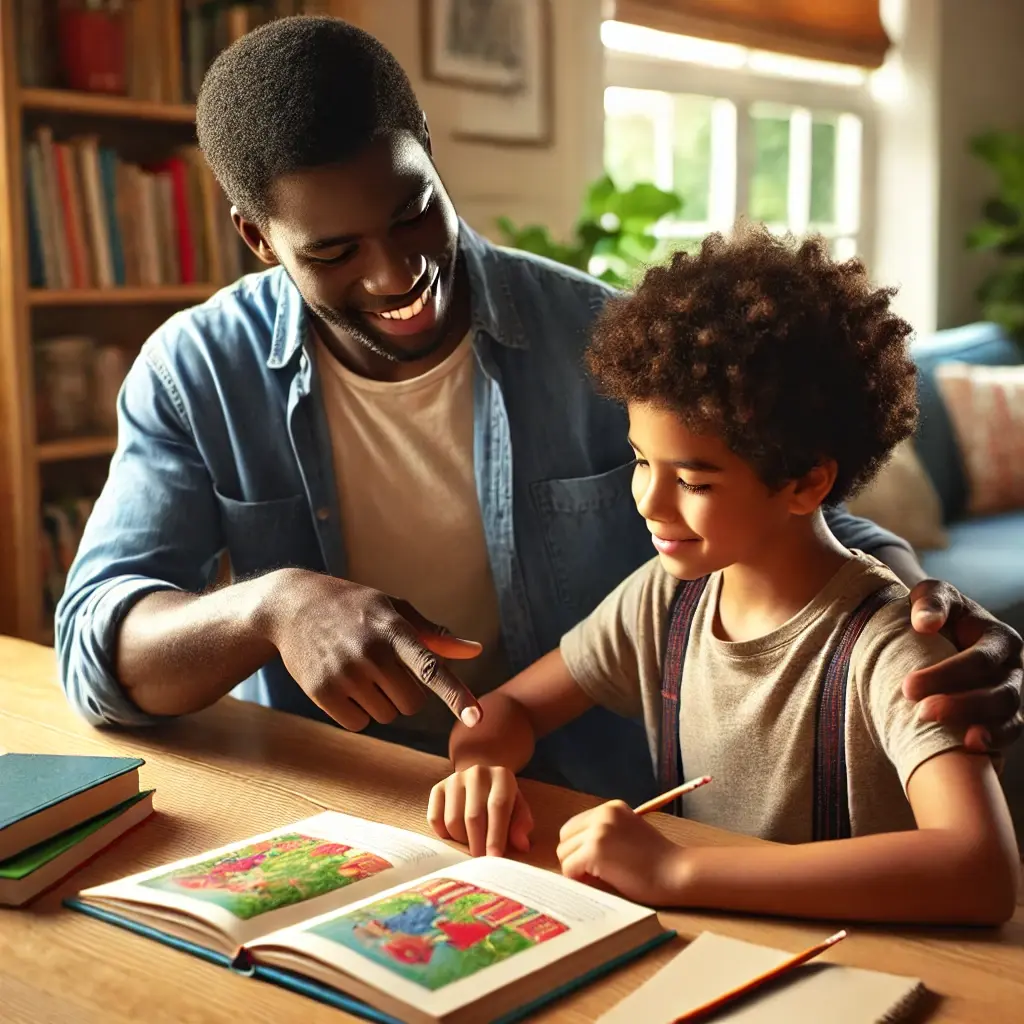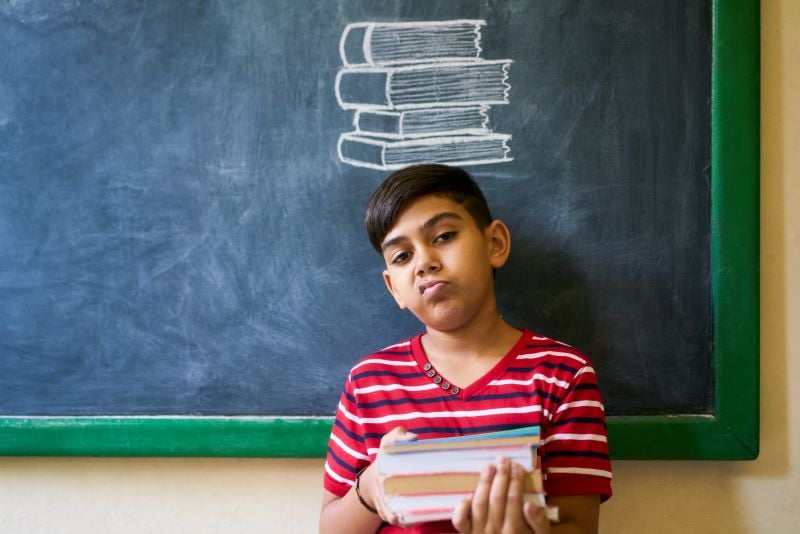 Over stimulation has become a real problem for today’s children. There are so many toys, gadgets, activities, and commitments that a child can be pulled into too many directions at once. This leads to children becoming overwhelmed and stressed. As a parent, you only want what is best for your child because you love them. A proven tool known as mindful practice, or meditation, is an effective way to help reduce stress and help your child cope with all that is going on in their life.
Over stimulation has become a real problem for today’s children. There are so many toys, gadgets, activities, and commitments that a child can be pulled into too many directions at once. This leads to children becoming overwhelmed and stressed. As a parent, you only want what is best for your child because you love them. A proven tool known as mindful practice, or meditation, is an effective way to help reduce stress and help your child cope with all that is going on in their life.
Mindful practice, or meditation, is a calming and effective way to stay grounded in a hectic and stimulating world. Meditation teaches your child to stay in the moment and enjoy what is happening right now instead of worrying about the past and the future. Keeping a mindful practice builds our self-esteem and confidence. Your child will love and appreciate themselves more as well as gain a growing sense of self-worth.
Here is a helpful guide to leading your child in mindful practices.
- Let Them Follow You: If you want to show your child good mindful practices, it is important that you have good mindful practices yourself. Often when you are doing your mindful practices, your child will become curious naturally and want to join you. Children want to emulate their parents and once there is natural and true interest in mindful practice, it is easier to encourage them in their own practice.
- Make it so They Understand: Peaceful Piggy is a great tool for parents to explain meditation to their children. It has a story telling approach that is a great way to connect on a child’s level. They even offer a great “do it at home” experiment to explain meditation. They suggest to take a clear jar and fill just the bottom with sand. Next, fill the rest with some water. Have your child shake the jar up and mix the sand with the water. As they watch the grains of sand swirl around, explain how each grain is like a thought. Maybe it’s a bad thought or a good thought, or a happy thought or a sad thought. It’s hard to keep track of all the thoughts when they are moving around so fast but as the water calms and the grains of sand fall back to the bottom, the water clears and the “thoughts” calm as well.
- Make it Their Own: Setting aside a special place in the house for mindful practice is very important in focusing on the present. Clearing out the clutter as much as possible and having it separate from other distracting activities helps you and your child maintain a healthy mindful practice. Have your child help “decorate” the space. They can pick out a nice pillow and bring a favorite trinket or photo to help them focus their mind.
- Encourage Exploring Emotions: Ask your child about a time when they felt really happy or sad. Ask them if they remember the last time they were really nervous about something or really excited. Ask them about a time when their feelings were hurt or when they did not know what to do. Share your own memories with them. When they see that mom and dad feel the same way they do sometimes, they will understand and appreciate emotions more.
- Keep Track of Time: When starting out, you should have a small goal time. Depending on the child’s age, anywhere between 3 to 10 minutes can be a suitable goal. Using a timer is a great tool especially for younger children. You can set a regular alarm timer but there are alternatives. Meditation apps have built-in timers that play soothing sounds. These timers can help keep track of time without disrupting the mindful flow. You can have your child start the timer and remind them not to focus on the time, but they will still know when the song stops or the bell chimes that they have completed their mindful practice.
- There’s No Wrong Way: Meditation, like any practice, takes time. The results become clearer and the practice more fluent with repetition. The key to seeing benefits in meditation is frequency. The practice needs to be kept on a regular schedule but you should never force your child into mindful practice. They need to come to the practice willingly and not see it as a chore. Sometimes, for younger children, little rewards can be helpful. Saying something like “if we do a few minutes of mindfulness we can play a little game after” or “we can share a treat when we finish our mindfulness.”
This last point is very important. There is no wrong way to do your mindful practices, as long as you are becoming more focused and more relaxed then you are doing it well. Sometimes it is hard for young children to sit still and focus and that is okay. Simply try to encourage your child to sit as still as possible and focus on their breathing. If they cannot sit still for the full 3, 5 or 10 minutes, one day have them sit for as long as they can. Remember it is always better to do a little than to do nothing at all. It is never good to try and force it upon a child.
As an adult who practices meditation, I can say how much I truly wish I had this practice as a child. Although it doesn’t seem like it to adults today, children deal with a lot of stress. Things seem just as overwhelming to them in their lives just as things do in our lives. Giving children these tools for mindful practices will help them become more aware and assured in themselves as well as in their world.
Sourced Through
https://www.huffingtonpost.com/dawn-gluskin/teaching-children-meditat_b_3891216.html
Further Discussion:
http://www.apa.org/monitor/2012/07-08/ce-corner.aspx




